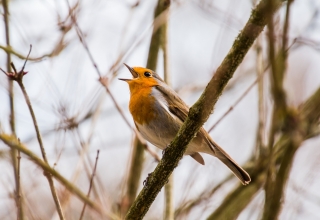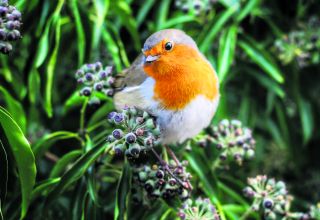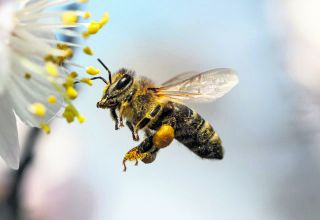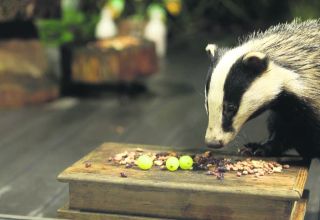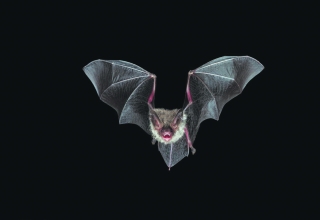
Volunteers urged to look out in gardens especially for mammals to help wildlife study
Members of the public are being urged to record sightings of the UK’s “big five” wild mammals in their local area to help experts see how wildlife is faring.
Last year’s results of the Living With Mammals survey revealed the most commonly spotted animals were grey squirrels, then foxes, mice, hedgehogs and bats.
They may not quite be the big five of the African savanna, but experts want the public’s help tracking their fortunes to identify where conservation work is needed most in the UK.
As spring approaches, wildlife charity People’s Trust for Endangered Species (PTES) is calling for volunteers to take part in the its annual survey. Last year the top five mammals recorded were (in order): grey squirrels, foxes, mice, hedgehogs and bats. From April, the trust is asking the public to record sightings of Britain’s ‘big five’, plus any other mammals they see, to aid future conservation efforts.
Volunteers can take part from now up to Sunday, 30th June, reporting the mammals they see, or their signs, in any local green space –with special emphasis of what is seen in gardens and allotments but also parks or green spaces near to work and home.
The chosen survey site can be in an urban, suburban or rural location, so long as the area is within 200 metres of a building.
David Wembridge, surveys officer at the trust explains: “Green spaces, and the wildlife they support, are important—they provide food, clean air and water, and make us healthier and happier. Counting our wild neighbours, and knowing how their populations are changing, is a health-check on our towns and cities.”
Volunteers can spend anything from ten minutes a week at their chosen site to several hours and can take part either individually or as part of a group.”
David adds: “As the weather warms up, we hope people will get out and see lots of wildlife – and the signs they leave behind, such as footprints or droppings.
Your chance of spotting particular species depends on where you are in the UK. In Scotland, for example, is a stronghold for pine martens and red squirrels, and the trust is particularly keen to collects records from there and from northern regions of England.
Volunteers are asked to record their findings online at
www.ptes.org/LWM, which has more information on how to spot mammals, and how to tell a pine marten from a polecat, if you’re lucky enough to see one! They are keen to see your sightings, so if you’re on social media upload your photos using #livingwithmammals.
David continues: “Long-term surveys such as Living with Mammals offer invaluable data to conservationists working to save Britain’s wildlife, with the help of the public. The results allow us to understand how populations of each species are changing – for better or worse. This lets us identify where conservation work is needed most. For example, surveys have shown that at least half of the hedgehog population has been lost from the countryside in the last two decades. As a result, we’ve been working really hard to help hedgehogs in the urban landscape and we’re now starting to see a more positive outlook. We hope this will encourage last year’s volunteers and others to take part this year and make a real difference for urban mammals.”
To take part in the 2019 Living with Mammals survey, register via www.ptes.org/LWM. The survey can also be completed via a printed pack, which can be sent to your door. Just contact LwM@ptes.org to find out how.





